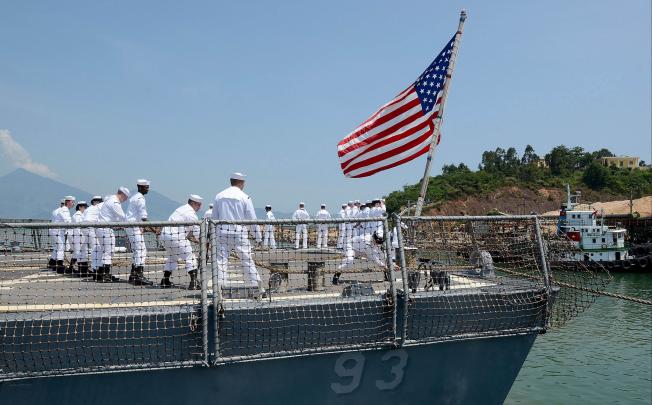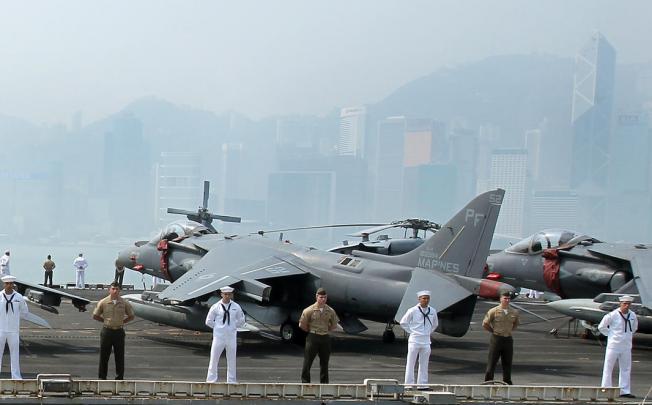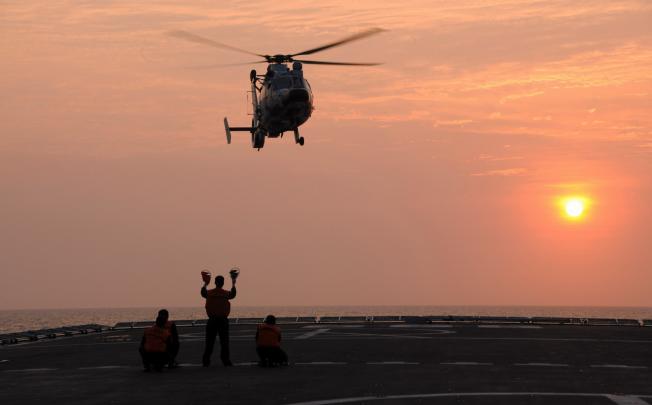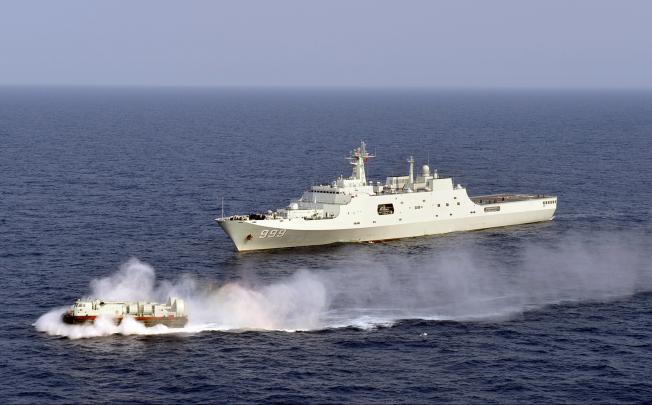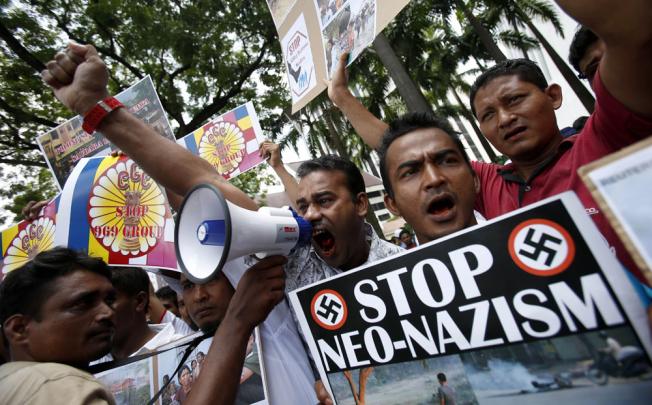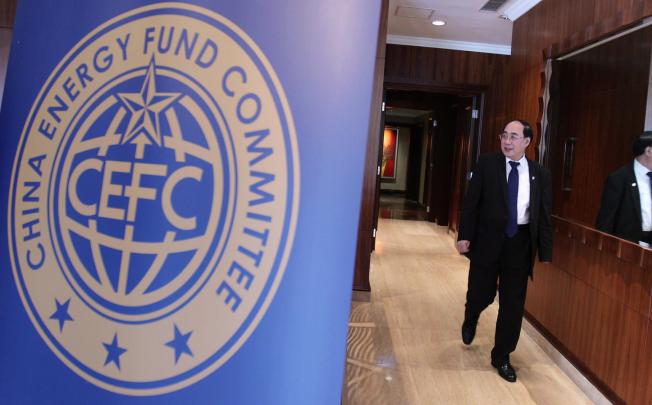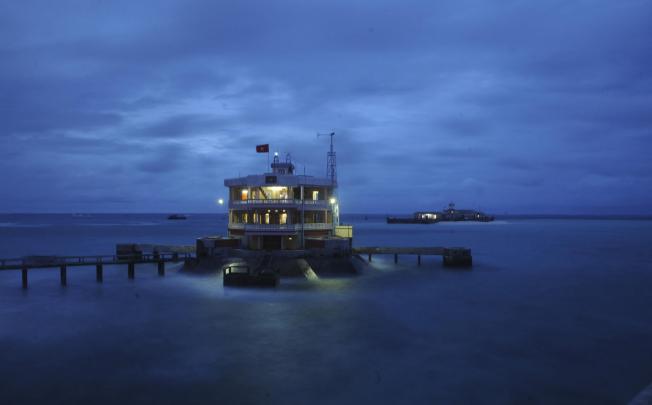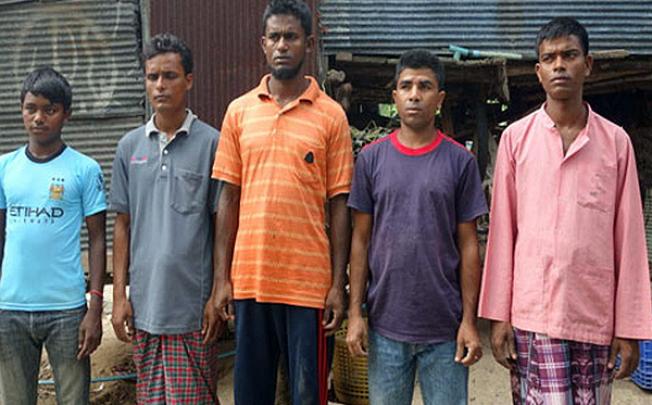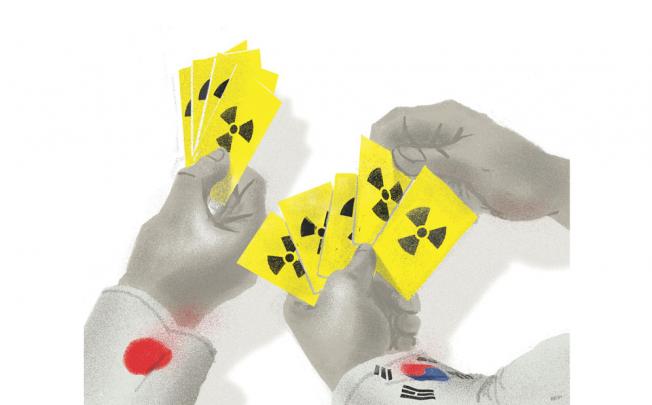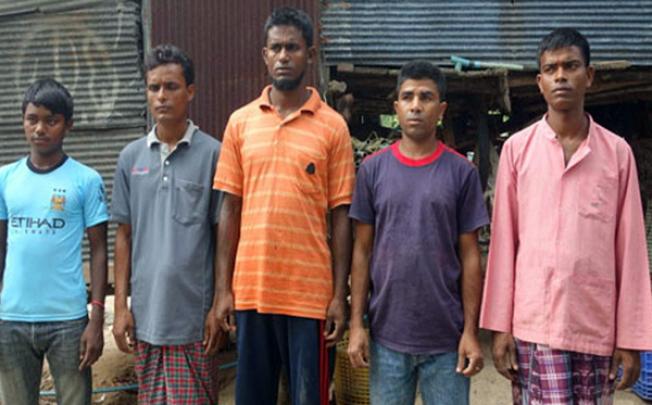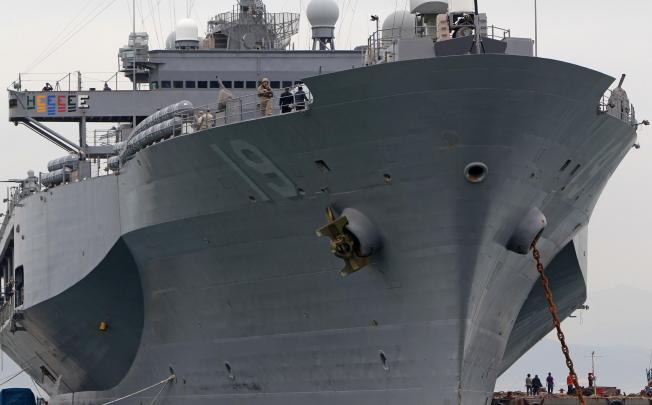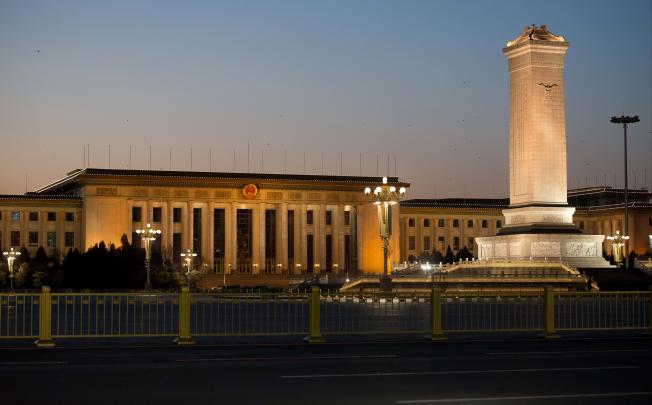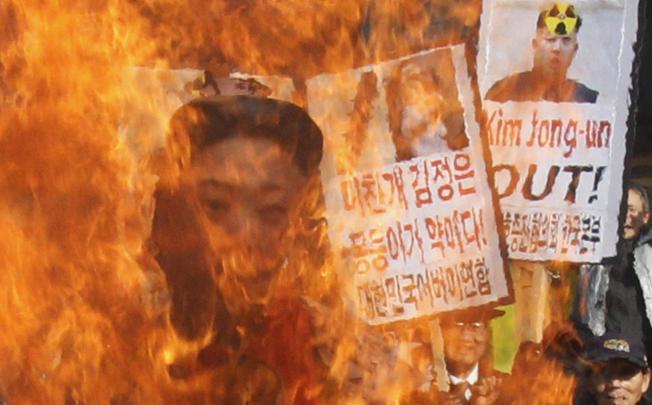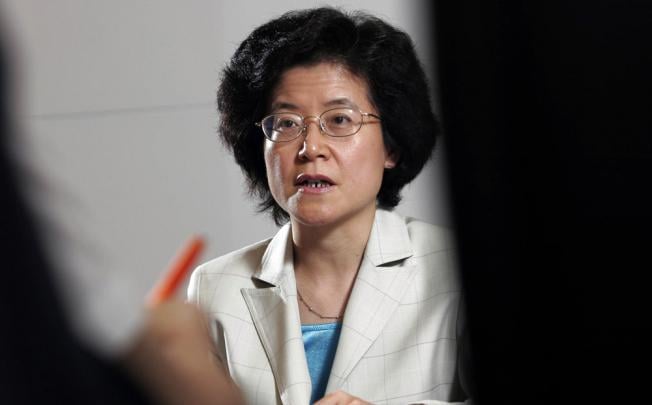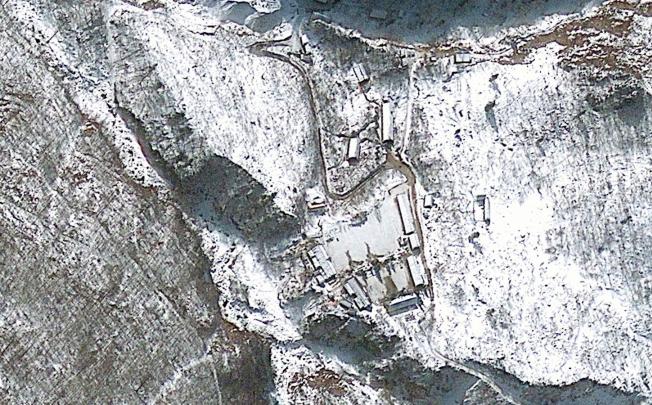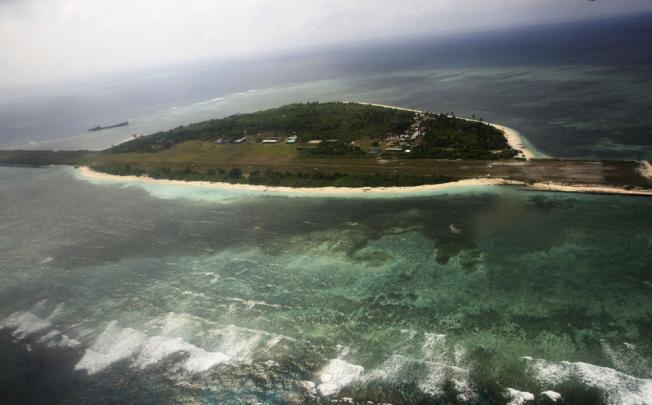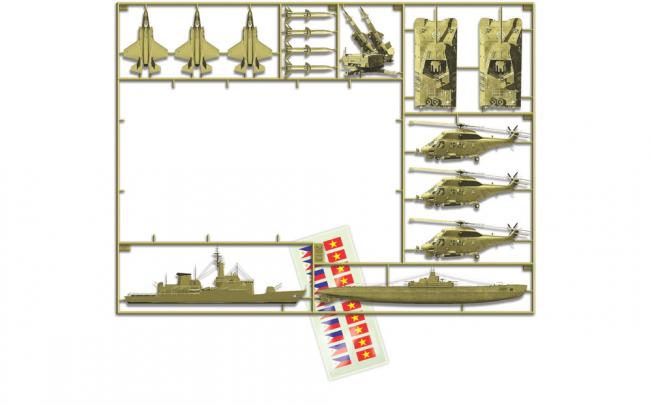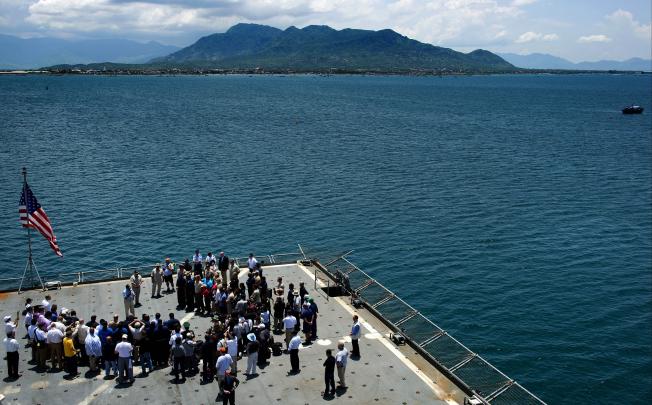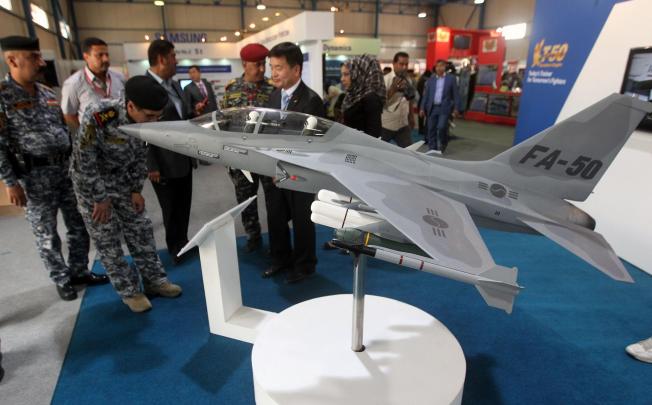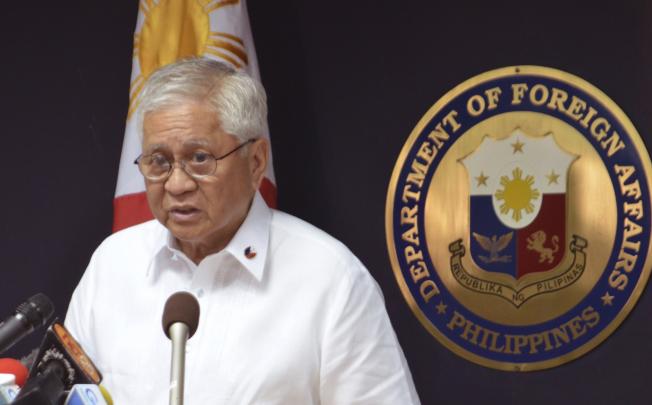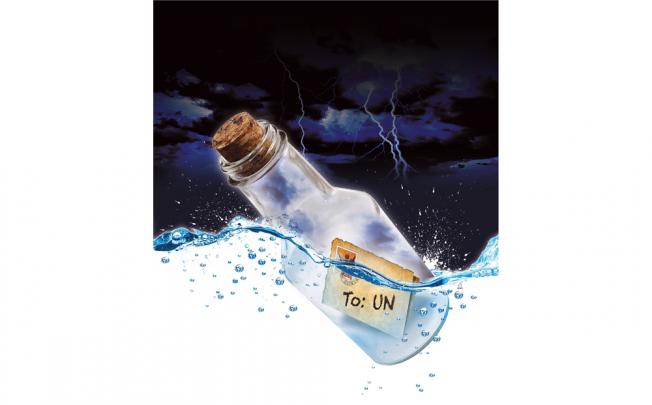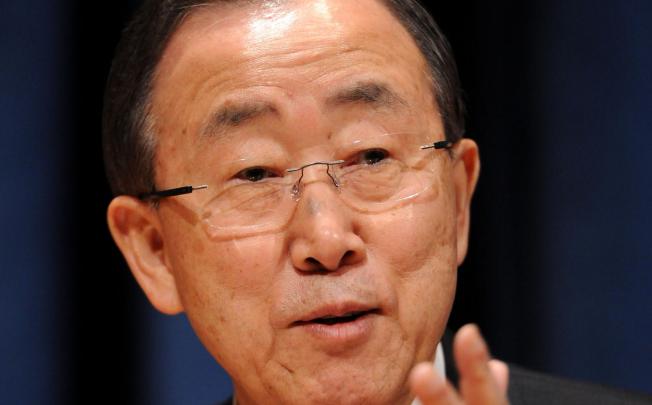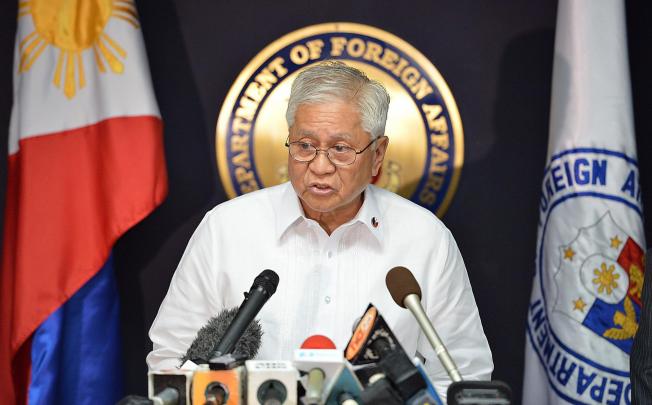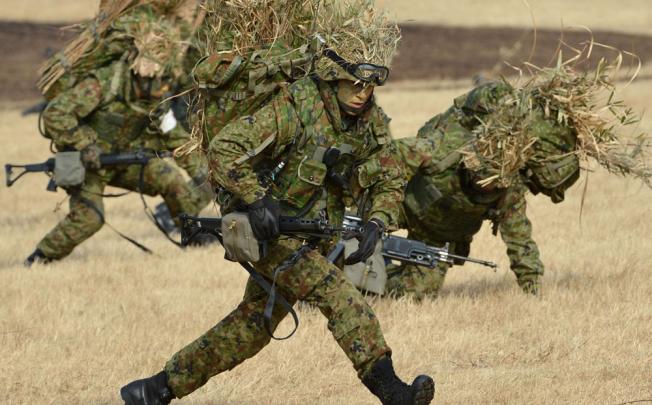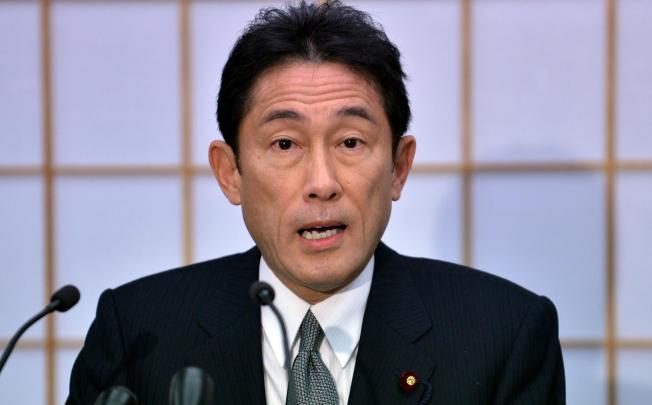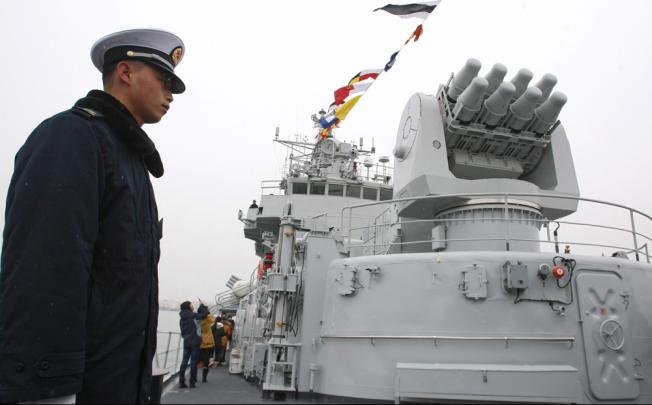Advertisement
Advertisement

Greg Torode
Advertisement
A fully equipped PLA amphibious task force has reached China's southernmost claimed possession in the South China Sea in an unprecedented show of force that is raising eyebrows across the region.
Myanmar is an ethnic and religious powder keg as its people emerge from under the jackboot of military rule. Any number of simmering internal conflicts have the potential to involve the wider region, risking further tensions within a troubled Association of Southeast Asian Nations or raising alarm in Beijing.
Frank Poon Ying-kwong was explaining to a UN human-rights hearing in Geneva last week why the city had still not implemented the International Covenant on Civil and Political Rights (ICCPR) provision on "equal and universal suffrage".
The 25th anniversary this past week of the naval clash between China and Vietnam in the Spratly Islands is not merely cause to reflect on history; it speaks to one of the more disturbing contingencies in the South China Sea now exercising minds in the region.
Investigations by the UN's refugee agency have confirmed that Thai authorities opened fire as they were moving Rohingya boatpeople, sparking a warning that it was now "gravely concerned" by the situation.
Welcome to the great South China Sea battle of maps. While fears mount over the risk of conflict or miscalculation in an increasingly militarised expanse, this particular skirmish has already been under way for years.
In Beijing, some officials and scholars refer to it as the "n-word" - the threat of Japan and South Korea pursuing their own nuclear weapons programme to counter North Korea's intensifying atomic bad behaviour.
Hanoi may never allow Moscow the major naval base and listening post it developed during the cold war, but the visit of the Russian defence minister this week confirmed expanding plans for a significant military presence for some time to come.
United Nations officials have demanded urgent explanations from Thailand over reports that its security forces shot dead up to 15 unarmed Rohingya migrants trying to flee neighbouring Myanmar.
Hong Kong this weekend plays host to the USS Blue Ridge, flagship of the US Seventh Fleet and one of the navy's oldest vessels. Steaming to Singapore, meanwhile, is its newest - the USS Freedom, the first of the new so-called littoral combat ships to be based there, designed for speed, stealth and shallow water.
The underground explosion at the Punggye-ri test site - 100 kilometres from the Chinese border - was North Korea's largest yet. With Pyongyang reportedly threatening more tests soon, uncertainty is once again mounting over the direction and stability of the young regime of Kim Jong-un as he leads communism's only dynasty.
A statement from the Foreign Ministry in Pyongyang said the test was the "first response" to what it called US threats. "Second and third measures of greater intensity" would be taken if Washington continued its hostility.
It is probably just as well that Philippine lawyers and officials spent months quietly working out the strategy and legal steps required to force China to UN arbitration over the South China Sea. For, nearly three weeks after Manila launched its unprecedented action, it is increasingly clear that theirs will be a lonely road.
Two Russian-built Kilo submarines cruise the dark, frigid waters of the North Sea out of Kaliningrad, being readied for delivery later this year to Vietnam, where Indian technicians are already helping to train Vietnamese crews.
Marine Corps commandant General Jim Amos was quoted this week in the Marine Corps Times newspaper as saying that an upcoming bomb disposal effort in Vietnam could lead to the country being used for training.
When Philippine Foreign Secretary Albert del Rosario summoned Chinese ambassador Ma Keqing on Tuesday to announce that Manila was taking Beijing's sovereignty claim to United Nations arbitration without its consent, he set the stage for what could be years of bruising legal action.


